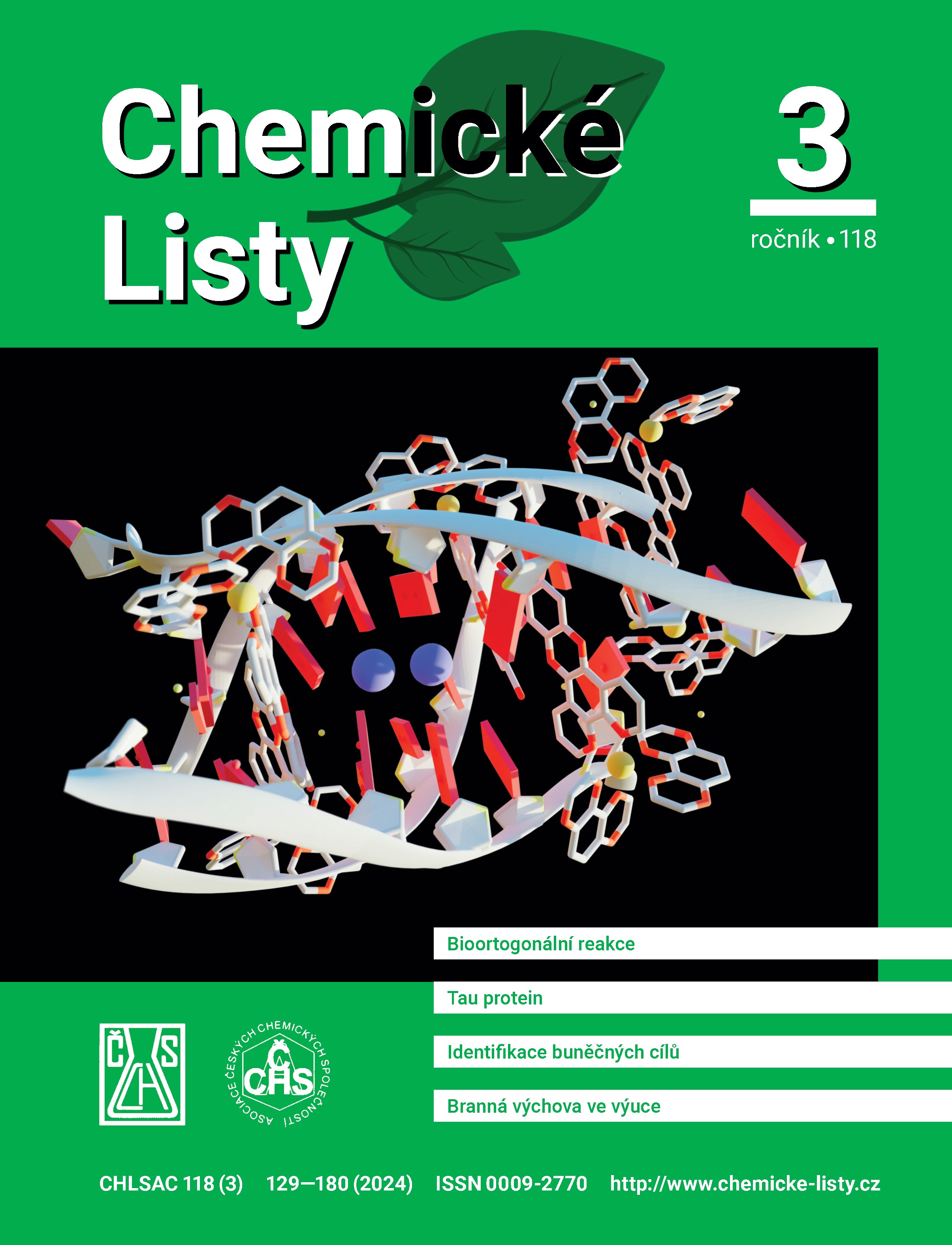Integration of Military Education into the Teaching of (not only) Chemistry: Radioactivity and Nuclear Weapons
DOI:
https://doi.org/10.54779/chl20240164Keywords:
defense education, radioactivity and ionizing radiation, nuclear weapon, chemistry educationAbstract
Human protection in emergencies is a compulsory educational content in the Czech Republic loosely related to the former military education. It offers a very wide range of topics that can be included not only in chemistry education, but also in other (not only) natural sciences. For example, it is very suitable to include it as a (short- or medium-term) project focused on radioactivity and nuclear weapons, which is of interest to the students. For this purpose, we have created a concept map and guiding questions, as well as a list of recommended sources of information that teachers and their pupils can use. The aim of the project is not only to gain new knowledge and understanding, but also to gain holistic insight into the topic through cross-curricular educational approach.





